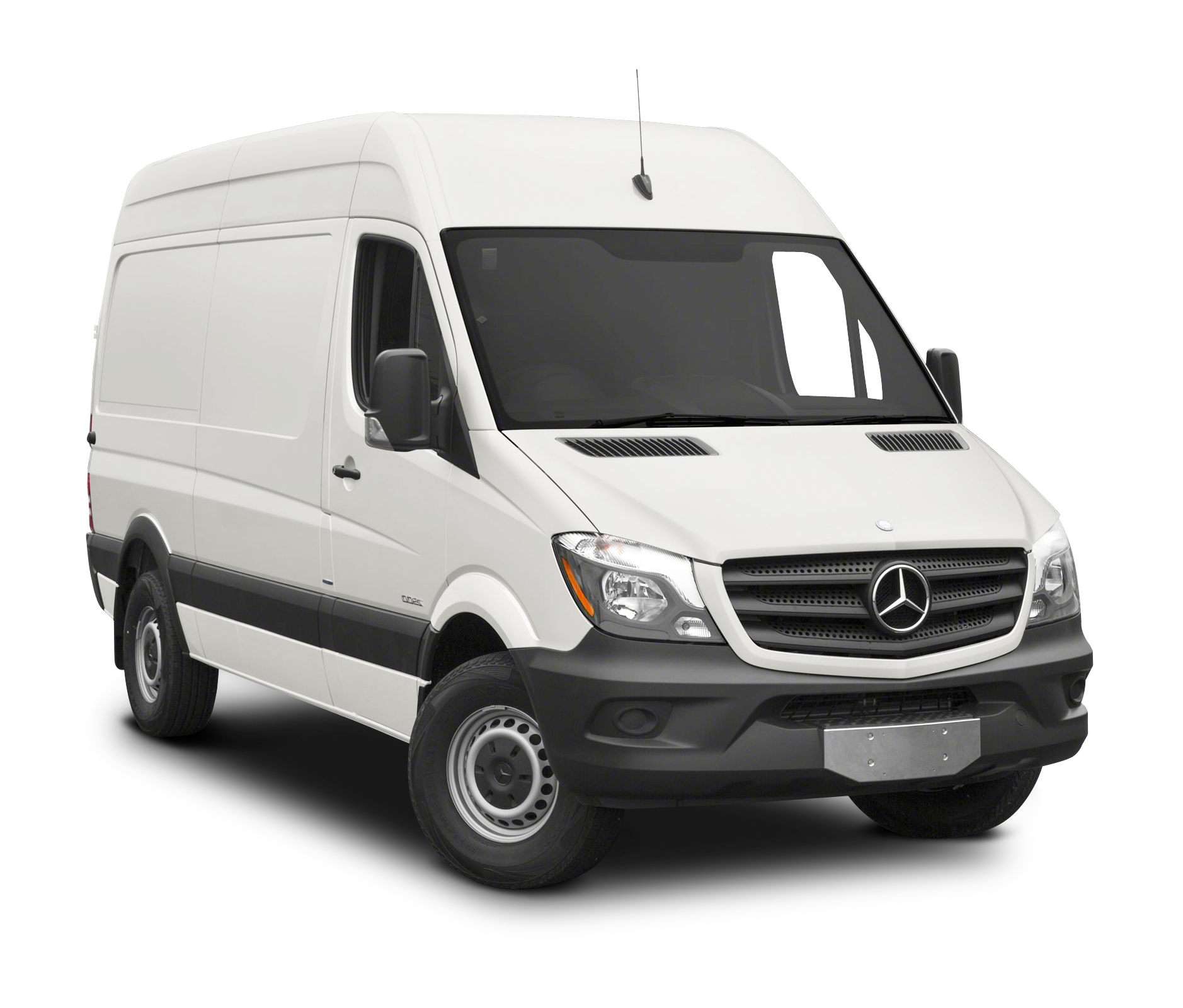Compare goods in transit insurance comparison quotes

Title: “Navigating Goods in Transit Insurance in the UK: A Comprehensive Guide for 2023”
Meta: “Explore the essentials of Goods in Transit Insurance in the UK for 2023. Discover its significance, examples, and the protection it offers to businesses.”
Goods in Transit Insurance protects businesses against the potential loss, damage, or theft of their goods whilst in transit, either by road, rail, air, or sea. In the unpredictable world of transporting goods, the safety of the commodities remains at the core of business continuity.
Consider this scenario: A UK-based ceramics manufacturer sends a large consignment of delicate porcelain to a buyer in Edinburgh. En route, an unfortunate accident sees a lorry overturn, resulting in shattered products. Without Goods in Transit Insurance, the manufacturer could face significant financial loss. However, the loss becomes manageable with the right cover, allowing businesses to recover and continue with minimal disruptions.
As global supply chains become intricate and the UK continues to cement its post-Brexit trading relationships, the importance of ensuring the safety and security of goods on the move has never been more pronounced. With increasing road traffic, changing weather patterns, and a surge in demand for online products, the risks associated with transporting goods have surged.
It’s essential to comprehend that Goods in Transit Insurance vary depending on the nature of the goods, their value, and the transportation specifics.
Typically, there are two main types of covers:
Various components influence how much you might pay for Goods in Transit Insurance:
Choosing the right cover isn’t just about finding the cheapest option. It’s about ensuring maximum protection for the heart of your business—your products.
In the ever-evolving landscape of UK business in 2023, Goods in Transit Insurance stands out as an essential pillar of security for enterprises, big or small. By understanding its significance, working mechanics, and the factors influencing its cost, businesses can better navigate transportation uncertainties, ensuring their goods reach their destinations safely and securely.
Please note: This Insurance comparison tool is provided for your use by SEOPA. Insuro.co.uk is not responsible for the contents of the comparison you receive.
Increase your chance of finding a great deal by comparing multiple companies using a single form.
Purchase your insurance policy quickly and easily; monthly and annual payment options are available.
Get your quotes by filling in one simple form, compare prices, and start saving.
Join our ever-growing list of satisfied customers today.
Our website uses Cloudflare's security features for your peace of mind.
We aren’t owned by or have any investment from any insurance company.